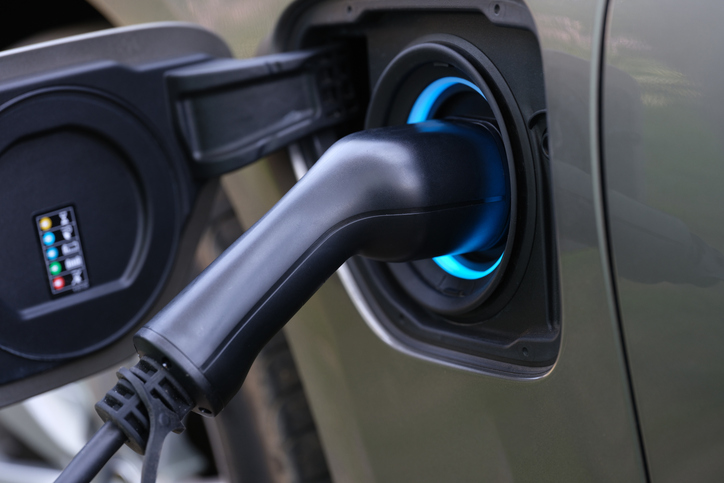EVSE is now considered level 3 in-scope equipment
There are inevitably several changes to standards and regulations surrounding an industry like EVs where technologies are evolving rapidly. Michael Shaughnessy looks at the recent changes to EVSE.
A recent standards change has seen temperature sensors become a requirement in the plug tops of Mode 2 EV supply equipment (EVSE) (IEC 62752:2024).
ADVERTISEMENT
This is important for EVSE plugged into old power points or with poor connections. As the high-resistant joint heats up, the EVSE will cease charging, showing an error.
This provides additional safety and peace of mind for industry and consumers alike. Electricians can encourage their customers to use EVSE with this safety measure incorporated.
New comms protocol
A new EVSE communication protocol for controlling EVSE was recently published, Open Charge Point Protocol (OCPP) 2.1, offering improved support for bidirectional power transfer, enhanced integration with distributed energy resources (DER) and improved smart charging to name a few.
The ‘older’ protocol, OCPP2.0.1 was approved as an IEC standard (IEC 63584) last year. This means it has standard test procedures and certification, sometimes necessary to be integrated into certain jurisdictions, government grants and so on. Compliance with an even older standard, OCPP1.6J, is what is most commonly found in the Australian market today, though it isn’t mandatory to have any OCPP at all.
Installers and retailers should discuss with their clients what level of control they are likely to want in future. Some clients will not need compliance with any OCPP as they wish to control their EV charging manually or via the vehicle for example.
Other clients, such as those interested in one day operating as part of a virtual power plant (VPP) or installations where there will be many EVSE requiring orchestration, OCPP will be a must.
Price differences of between 20-50% have been noted between chargers with and without OCPP, so it’s well worth the consideration.
EESS requirements
Consultation has recently closed on an amendment to AS/NZS 4417.2:2020 which is the standard relating to the regulatory compliance mark on electrical appliances.
Everyone supplying electrical equipment in Australia will be familiar with the tick inside the circle inside the triangle, and some consumers too. It means the product complies with all relevant standards and regulations.
One of the changes in the amendment is to include EVSE in the Electrical Equipment Safety System (EESS) as risk classification Level 3 equipment. The EESS is a regulatory framework aimed at increasing consumer safety when interacting with household electrical equipment. Where the EESS is concerned, Level 3 means a higher level of risk, and therefore more stringent regulatory control.
Previously EVSE wasn’t listed and therefore defaulted to Level 1 equipment, the lowest level of risk.
Most domestic electrical equipment is treated as Level 3; air conditioners, blankets and bread toasters to name a few from the top of the list. The key difference for manufacturers and importers going from Level 1 to Level 3 is to:
- have a valid Australian or New Zealand-issued certificate of conformity, and
- be registered in the national EESS database and linked to the registered responsible supplier
This change will lead to a certain amount of paperwork for the parts of the EV industry that supply EV charging equipment to market, but it’s reasonable to expect the same kind of compliance/documentation requirements for EV chargers that we do for a kettle.
This is just a case of standards and regulations catching up with industry. Manufacturers producing high-quality EVSE with robust processes, such as those who are members of the EV Council, will have no problem meeting these extra requirements.
For participating states and territories (eg. NSW do not), the changes come into effect 12 months after the date of publication of the new amendment. The publication date should be early 2025.
If you’d like to discuss these matters further, learn more at the EVC’s website (evc.org.au) or contact them at office@evc.org.au.
-
ADVERTISEMENT
-
ADVERTISEMENT


